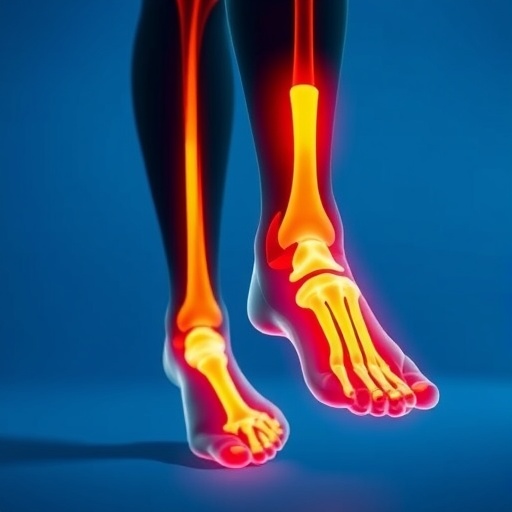Scientists have made a major advance in untangling the brain circuits that lead to the powerful addictive effects of heroin, a study in the open-access journal eLife reports.
The discovery could lead to more effective treatments for addiction and a new generation of less addictive painkilling medicines.
Addiction develops when a drug has beneficial outcomes, such as pleasure or reward, which reinforce repeat behaviour – known as drug reinforcement. By understanding the brain processes that contribute to drug reinforcement, scientists hope to better understand and prevent drug addiction.
"It has been repeatedly argued that the initial reinforcing effects of opioids do not involve dopamine, but the question is still hotly debated," explains author Michaël Loureiro, Postdoctoral Fellow at the University of Geneva, Switzerland. "In this study, we used advanced genetic tools to selectively manipulate and observe distinct groups of nerve cells to revisit this fundamental question."
First, the team used a genetically coded fluorescent sensor to measure levels of dopamine in the nucleus accumbens of the brain – a primary site involved in reward behaviour. Less than a minute after the mice were given heroin, there was a peak in fluorescence which represented a significant increase in dopamine.
They next recorded the activity of dopamine neurons by measuring activity of calcium. They found that dopamine neurons were activated after repeated heroin infusions, and that this matched the pattern of dopamine release seen in the previous experiment.
Having established a role for dopamine, the scientists set out to map the neural signals it triggers. They used two tracer molecules that move to distinct regions of the brain. By studying their location after heroin treatment, they found that most of the activated dopamine neurons send signals to the 'medial shell' region of the nucleus accumbens in the brain.
To prove that increased dopamine directly causes drug reinforcement, the team looked at the effects of silencing dopamine in mice with a well-established heroin addiction and were consistently self-administering the drug using a lever. They found that when they silenced the dopamine neurons, the mice were much less likely to self-administer heroin. Crucially, when they did this early in the addiction phase, the mice were less likely to develop the habit of self-administering heroin. This showed that activation of dopamine neurons in the nucleus accumbens is required for the early positive reinforcing effects of opioid drugs.
Finally, they used mice with genetically manipulated dopamine neurons that are activated by light, which the mice can self-stimulate by pressing a lever, to see whether heroin would replace the positive reinforcement effect of the light. As expected, the mice given heroin and then free access to laser light stimulation were much less likely to press the lever to obtain light stimulation than those which only had access to the light. This confirmed that the reinforcing effects of heroin is operating via dopamine.
"We have confirmed the validity of the dopamine activation hypothesis for opioids," concludes senior author Christian Lüscher, Professor in Neuroscience at the University of Geneva. "Untangling the circuits underlying opioid reinforcement will not only allow the refinement of addiction treatments, but also lays the foundations for the development of painkilling drugs without addiction liability."
###
Reference
The paper 'Dopamine neurons projecting to medial shell of the nucleus accumbens drive heroin reinforcement' can be freely accessed online at https://doi.org/10.7554/eLife.39945. Contents, including text, figures and data, are free to reuse under a CC BY 4.0 license.
Media contact
Emily Packer, Senior Press Officer
eLife
[email protected]
01223 855373
About eLife
eLife aims to help scientists accelerate discovery by operating a platform for research communication that encourages and recognises the most responsible behaviours in science. We publish important research in all areas of the life and biomedical sciences, including Neuroscience, which is selected and evaluated by working scientists and made freely available online without delay. eLife also invests in innovation through open source tool development to accelerate research communication and discovery. Our work is guided by the communities we serve. eLife is supported by the Howard Hughes Medical Institute, the Max Planck Society, the Wellcome Trust and the Knut and Alice Wallenberg Foundation. Learn more at https://elifesciences.org/about.
Ahead of the SfN Neuroscience 2018 meeting, catch up on the latest Neuroscience research published in eLife at https://elifesciences.org/subjects/neuroscience.
Media Contact
Emily Packer
[email protected]
@elife
http://www.elifesciences.org
https://elifesciences.org/for-the-press/55db8bc7/dopamine-drives-early-addiction-to-heroin
Related Journal Article
http://dx.doi.org/10.7554/eLife.39945




